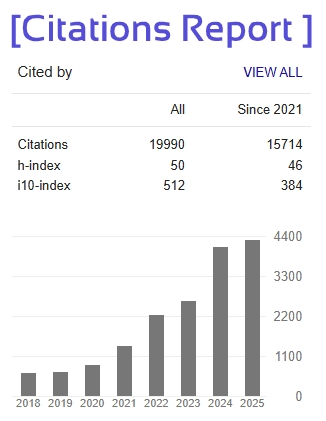- Version
- Download 73
- File Size 331.14 KB
- File Count 1
- Create Date 11/05/2025
- Last Updated 12/05/2025
Student Innovation in Travel & Tourism: Shaping the Future of the Industry
Koduri Sai Chaitanya
Department of CSE, SoE,
Presidency university, Yelahanka,
Bengaluru, Karnataka, India
k.saichaitanya222@gmail.com
Kudala Chakradhar Reddy
Department of CSE, SoE,
Presidency university, Yelahanka,
Bengaluru, Karnataka, India
kudalachakradharreddy4@gmail.com
Kothakota Rajkumar
Department of CSE, SoE,
Presidency university, Yelahanka,
Bengaluru, Karnataka, India
rajkumar143sh@gmail.com
r. Praveen Giridhar Pawaskar
Department of CSE, SoE,
Presidency university, Yelahanka,
Bengaluru, Karnataka, India
praveen.pawaskar@presidencyuniversity.in
Mr. E Sakthivel
Assistant Professor
Presidency university, Yelahanka,
Bengaluru, Karnataka, India
sakthivel.e@presidencyuniversity.in
Abstract:
The travel and tourism industry is experiencing significant transformation driven by technological advancements and a growing demand for sustainability. Students, with their innovative ideas, are playing a pivotal role in revolutionizing the sector. This paper explores the various student-led innovations in the travel and tourism sector, focusing on sustainability, smart technology, and personalized travel experiences. The research highlights how students are influencing future travel trends through AI, blockchain, eco-friendly solutions, and the development of chatbot systems, offering valuable contributions to the future of the industry.
This paper provides an updated review of tourism innovation literature. For this purpose, it builds on a systematic literature analysis that provides a structured and systematic way to analyze previous contributions. Since the last literature reviews on tourism innovation, a plethora of studies highlighting the need for an updated review of current literature has emerged. The findings show that research successfully addressed a variety of research gaps. Essential themes in tourism innovation research were innovation processes, context configurations, knowledge and technology and eco-innovations. However, other research gaps emerged and provide promising directions for future research. First, small and owner-managed enterprises, which show special family dynamics characterize the tourism industry. Thus, more research needs to explore innovation behavior in family firms and particularly the context of micro enterprises. Second, sustainability has become more important and research needs to analyze the role of emerging eco-innovations and consumer-driven innovations in tourism and hospitality. Third, previous research mostly neglected the effects of policy and governance on innovations in tourism. More research is necessary to determine the effects of governance and collaborative governance arrangements on innovation. In conclusion, this systematic literature review provides an up-to-date review of tourism innovation research and an agenda for future research that addresses the nexus of small and micro enterprises and innovations, eco-innovations and the interplay between governance and innovations.







